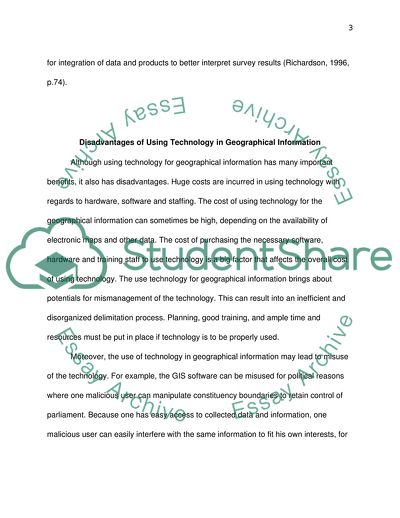Cite this document
(Geographical Information: Benefits of Using Technology in Geographical Coursework - 1, n.d.)
Geographical Information: Benefits of Using Technology in Geographical Coursework - 1. https://studentshare.org/information-technology/1767460-geographical-information
Geographical Information: Benefits of Using Technology in Geographical Coursework - 1. https://studentshare.org/information-technology/1767460-geographical-information
(Geographical Information: Benefits of Using Technology in Geographical Coursework - 1)
Geographical Information: Benefits of Using Technology in Geographical Coursework - 1. https://studentshare.org/information-technology/1767460-geographical-information.
Geographical Information: Benefits of Using Technology in Geographical Coursework - 1. https://studentshare.org/information-technology/1767460-geographical-information.
“Geographical Information: Benefits of Using Technology in Geographical Coursework - 1”. https://studentshare.org/information-technology/1767460-geographical-information.


